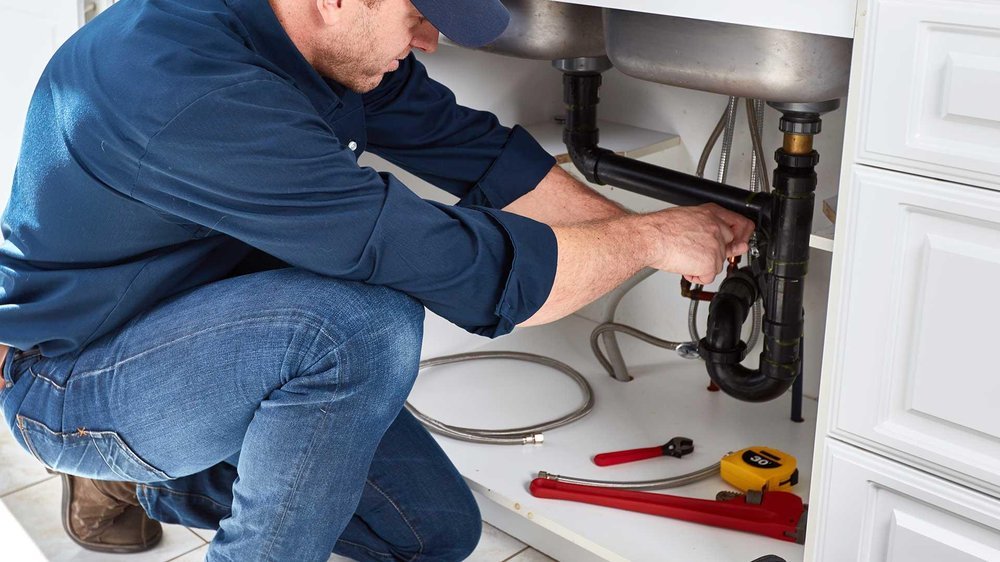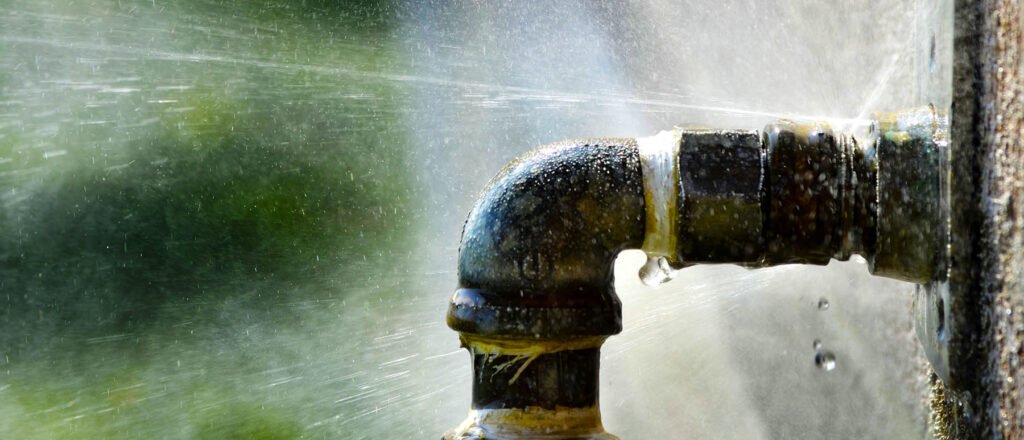
There’s nothing more frustrating than turning on your shower, only to experience a trickle of water instead of the full spray you were expecting. Luckily, there are some common causes and fixes for low water pressure. But before we get into them, let’s take a step back and talk about how water gets to your home in the first place. if you notice any plumbing issues, then don’t hesitate to call leak detection Sydney company to prevent future issue.
-
Water main breaks.
Water main breaks are another common cause of low water pressure. Water pressure will be low as the system tries to compensate for water loss, and it may even go below normal levels. In addition to low pressure, there may also be other signs such as discoloured or cloudy water and a drop in water temperature.
As with all problems with your home’s plumbing system, you should contact an expert immediately if you suspect a leak from your main line into the ground around your home—this can lead to serious structural damage and even collapse if not repaired quickly enough!
-
Corroded or damaged pipes.
If you have a corrosion problem, you may have noticed that your water pressure is low. If the pipes are corroded, it may be difficult for them to carry enough water to supply the flow needed throughout your house. Also, if one of these damaged parts has developed a leak, it could cause an even bigger drop in pressure in your home’s water system as well as cause damage to other parts of the system.

leak detection sydney
Aging pipes can also cause reduced pressure because they are more likely to wear out over time due to their age and exposure to heat and cold during winter (when frozen lines expand) and summer (when hot lines contract). The larger diameter of modern plumbing systems also contributes significantly towards higher capacities compared with older ones that were smaller overall—therefore increasing demands placed upon them through increased demand from faucets/showers which require more fluid flow rate than older systems had access too!
-
Leaking faucets
Leaking faucets are one of the most common causes of low water pressure. When you see water dripping from your faucet, it’s time to get out your wrench and tighten things up.
If you don’t know how to fix a leaky faucet yourself, ask a neighbour or friend for help. If they don’t know-how, offer them a cup of tea so that they can feel useful while you take care of business!
To prevent leaking faucets in the future:
Make sure everyone in your family knows how to turn off their own water supply valve if necessary (and make sure there isn’t anything valuable stored below!)
Water pressure regulator issues.
Finally, check your water pressure regulator. Call a plumber to get it fixed if it’s not working properly. If you can see that the regulator is fine and in good shape, but you still have low water pressure, look at your home’s pressure gauge. The gauge measures how devices are using much energy (i.e., pressure) in your home that are connected to the main line. If it says “low” on a device with moderate or higher use—for example: hot water heater and washing machine—then there may be a blockage somewhere between where this device is located and where it connects with other pipes in the house’s plumbing system.
-
Sluggish pipes
This is the most common cause of low water pressure and can be caused by a number of things, including a slow moving flow of water, sediment build-up inside the pipes, or an oversized faucet head (the tip that comes into contact with the sink). If you notice that your pipes aren’t flowing as fast as they used to and/or there’s any excess noise coming from them (like knocking or gurgling), it’s time to call a plumber.
-
Old house
Older houses tend to have older plumbing systems—and unless you know your house was built around 1995, your piping system could have been installed years ago at which point it may not be operating at optimal efficiency levels anymore! The good news is that newer homes are often equipped with high-performance piping materials such as copper or PVC, which ensure better flow rates while consuming less energy than older aluminium pipes would require.
It’s best to call a plumbing professional to diagnose the problem as soon as you notice it to minimise damage. Some homeowners choose to diagnose and fix the problem themselves.
You can save money by fixing the problem yourself. This is especially true if your home has a high water pressure regulator (HWR). While these devices are very effective in reducing water pressure, they also use up quite a bit of energy to keep running. With an HWR installed in your home, consider replacing it with one that has an adjustable dial so you can control how much water pressure is being sent out into your plumbing system.
You can save time by doing it yourself. Not only will you save money by repairing low-pressure problems on your own but if there’s anything else wrong with the plumbing system then this could take several visits from plumbers before its fixed properly – which would probably cost more than any repairs done at home!
Conclusion
So there you have it. Now, if you notice low water pressure in your home, we hope this article has helped you figure out what might be the cause and given you some options on how to fix it. In the end, though, if you’ve gone through the list of potential problems and still can’t find a solution, don’t hesitate to call a leak detection Sydney expert —they may be able to help get your water flowing again with minimal fuss or hassle.
